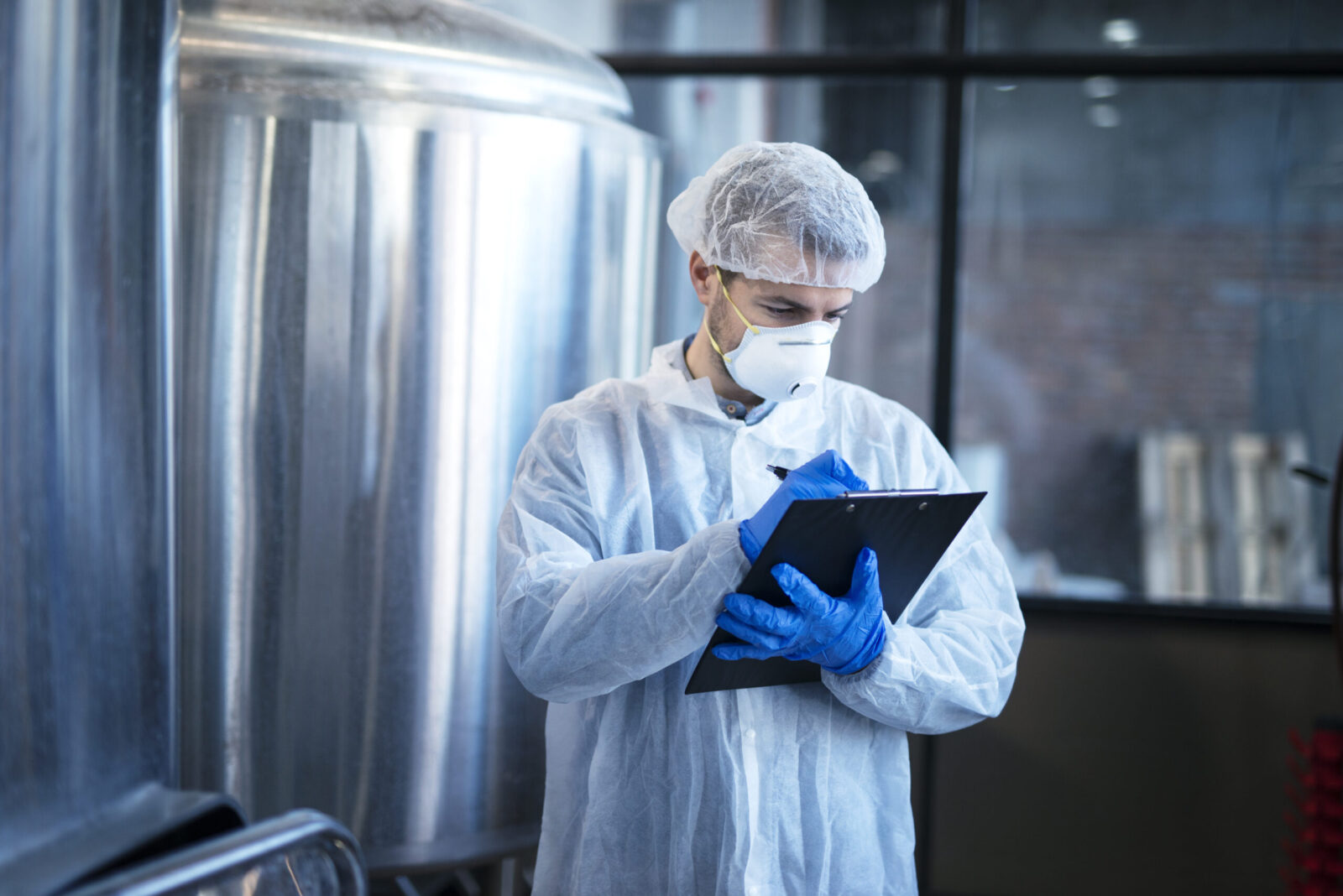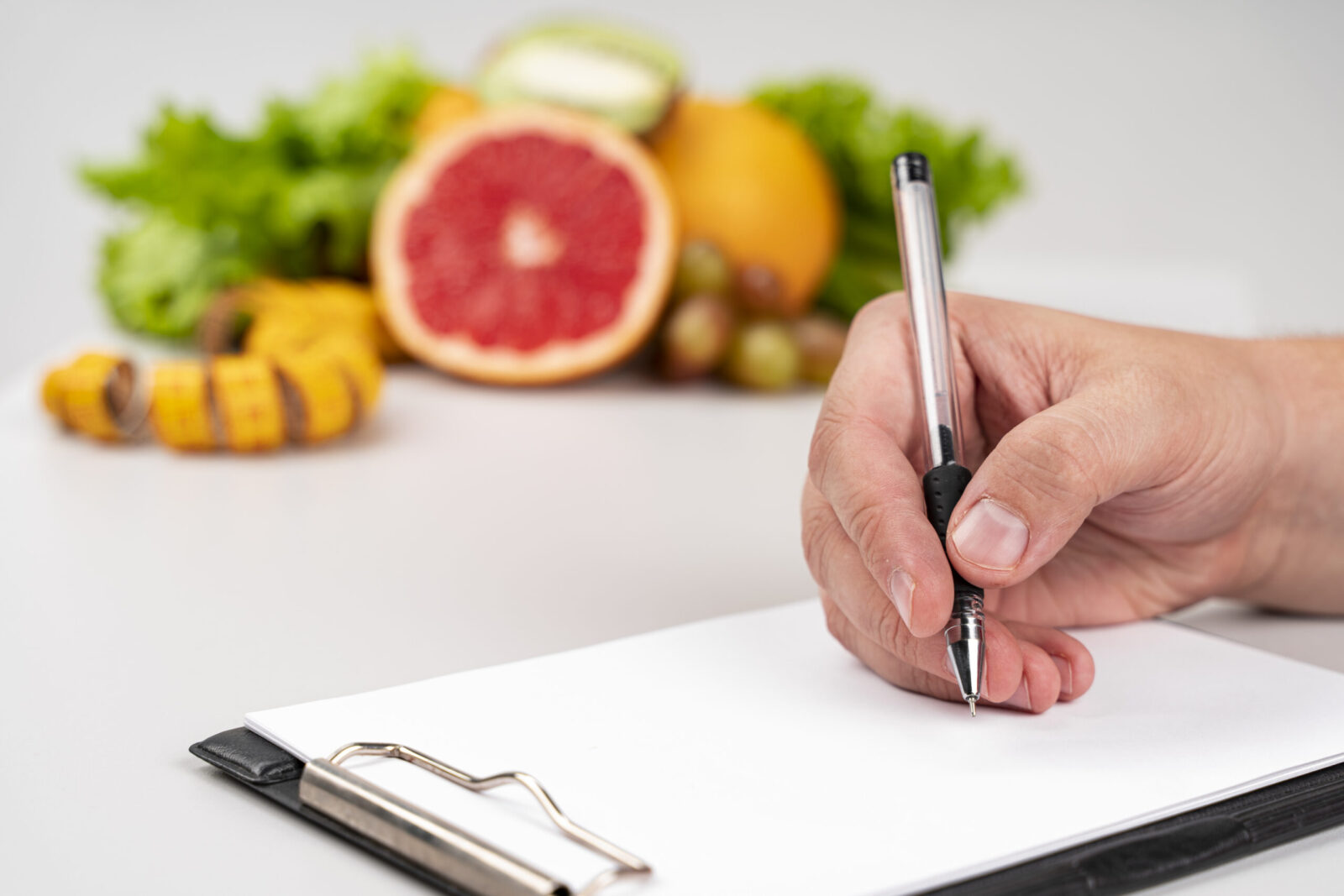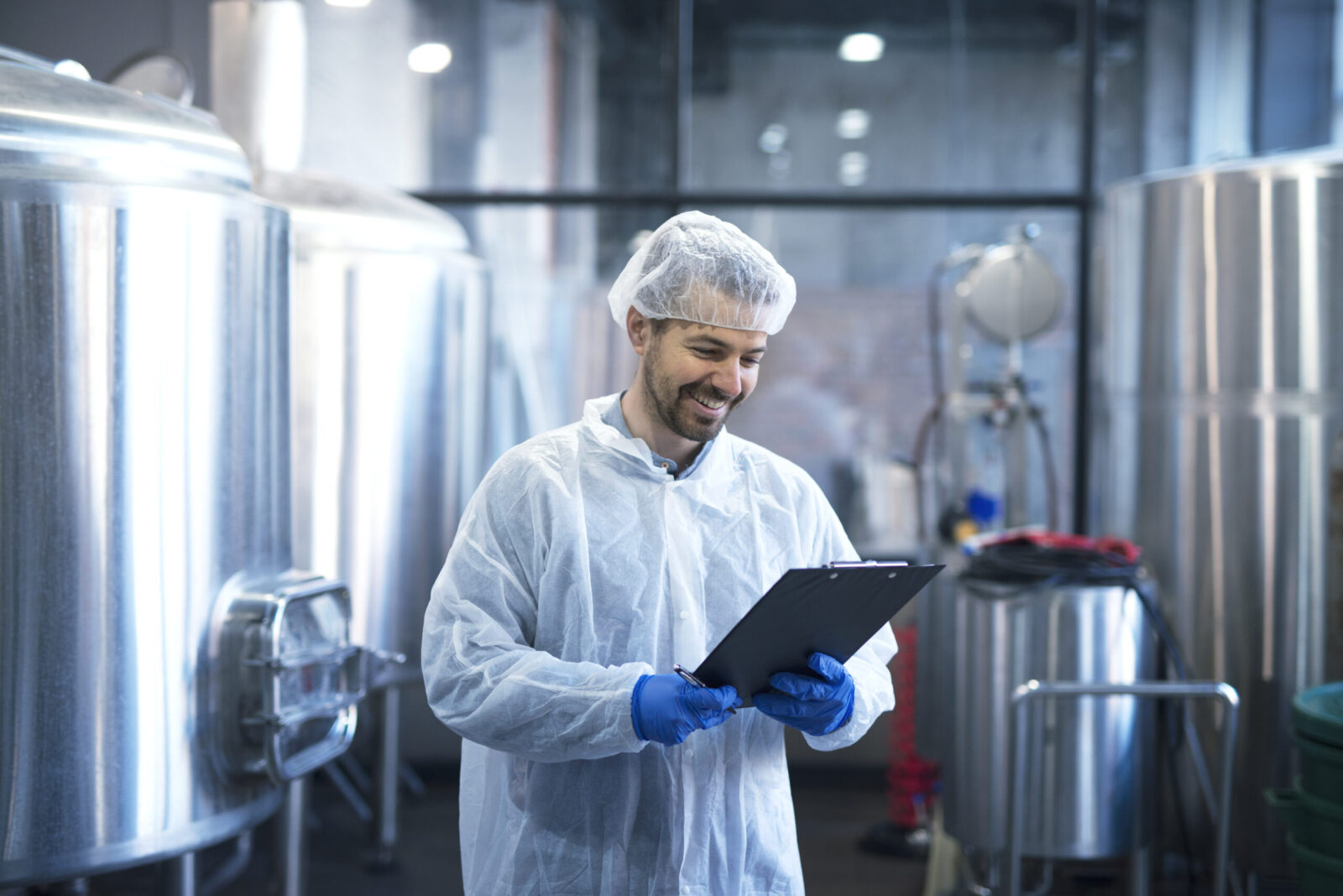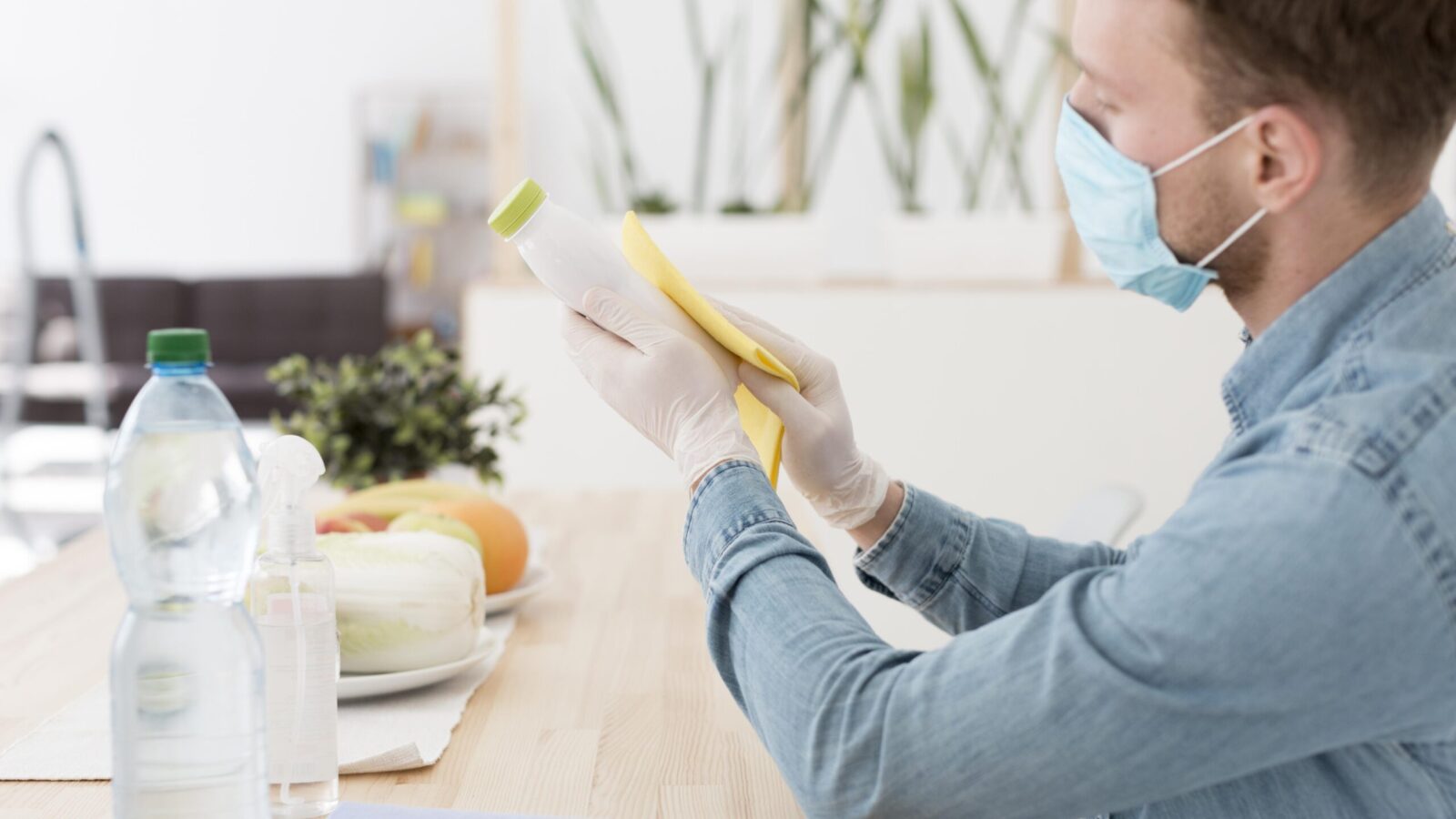
Top Strategies to Prevent Health Code Violations in Food Safety
Introduction: Restaurant food safety involves both taste and health code compliance. Foodborne infections from health code breaches can put consumers...

Get 20€ off on your first order!
Operations in food services have to guarantee food safety if they are to maintain consumer health and brand reputation. Active food safety audits preserve compliance and find problems before they start a contamination or illness-causing process. Food safety audits help companies to safeguard their operations and build client confidence. Seven basic food safety audit criteria are presented in this paper to enhance safety and follow industry standards.
Make a food safety survey, like the Hazard Analysis and Critical Control Points (HACCP) plan, to cut the chance of food exposure by a large amount. HACCP is a method for keeping an eye on food production, storage, and distribution in order to find and reduce health risks that are related to food. One important goal of a HACCP check is not to judge the finished product, but to keep food from getting contaminated.
So, HACCP takes the job of making sure that food is safe from consumers off of food officials and puts it on food makers. Rules made by the National Advisory Committee on Microbiological Criteria for Foods (NACMCF) are what HACCP systems are based on. We’ve explained these seven rules and given you some ways your company can follow them below:
Make a list of the steps that go into making something and mark the places where major risks are most likely to happen. Action: Use a mobile app that is easy to get to to make plans for finding possible safety risks.
This is the point where a food safety risk can be controlled and lessened, stopped, or removed. Step 1: Make sure that your surveys, forms, and tasks clearly list CCPs. Motivate and teach your workers how to properly spot them.
The highest and lowest levels that a biological, chemical, or physical factor must be kept at a CCP in order to stop, get rid of, or lessen the risk of a food safety incident. Do something: Do a baseline check with your team to find these factors. When you do food safety checks in the future, use these data as a guide.
Every CCP needs a method for determining its critical limit. First, decide who is in responsibility of compiling the data and how, when, and how often the measurement will be conducted.
Determine your response should a mistake be discovered. Apply this: Plan with your staff what will happen upon a problem report. Determine how you will solve the issue and how you will prevent maybe harmful food from entering the food chain of your company. Send team members real-time communications to inform them fast about events.
Check to see if the HACCP plan is true. In this step, you might do more audits of CCPs, look over shipments, calibrate instruments, test products, and look over records. Do this: If you need to, use a tool that is flexible enough to let you make separate food safety checks for each of these tasks.
The information that will show that the food was made properly. The records should have details about the HACCP plan, risk assessments, and all the other steps. Do this: This step depends a lot on how well you can gather accurate data in the field. Give your workers an easy-to-use method for reporting food safety audits that keeps data organised and gives them useful information. You should have both a HACCP plan and regular property checks to make sure that the store is clean and that you are following all state and federal rules. Keeping things in order is very important. Following a plan and doing your research will make it much less likely that food will be contaminated and help you build a name that people trust in food service.
To sum up, any food company aiming at consumer protection and avoidance of contamination has to have a robust food safety audit system. Following the seven basic guidelines helps companies to regularly manage risks, keep high safety standards, and establish dependability and quality. Good food safety audits follow regulations, improve food supply chain safety, and raise operational effectiveness. Giving these audits first priority will raise consumer and business confidence.
Thank you! You've signed up for our newsletter.



















Introduction: Restaurant food safety involves both taste and health code compliance. Foodborne infections from health code breaches can put consumers...

Introduction: Food safety in production is essential for safe, high-quality goods. Food makers must follow strict government and commercial requirements...

Introduction: In today’s rapidly evolving food industry, it is more difficult to assure food safety and traceability due to the...

Introduction: Restaurant food safety involves both taste and health code compliance. Foodborne infections from health code breaches can put consumers...

Introduction: Food safety in production is essential for safe, high-quality goods. Food makers must follow strict government and commercial requirements...

Introduction: In today’s rapidly evolving food industry, it is more difficult to assure food safety and traceability due to the...
Get 20€ off on your first order!
Save 30% by buying directly from brands, and get an extra 10€ off orders over €100
Save 30% by buying directly form brands, and get an extra 10€ off orders over €100